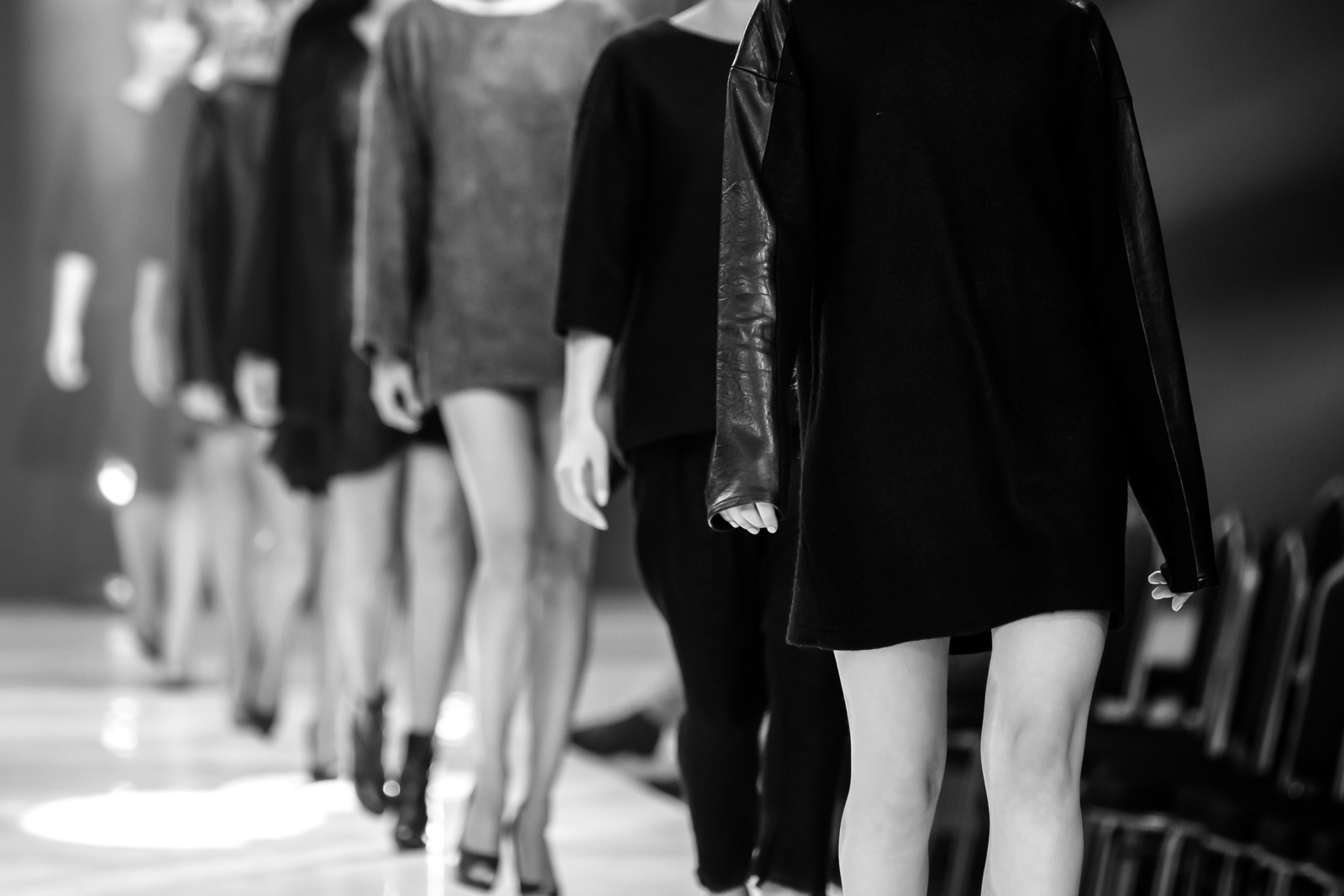Everything old is new again — including beauty standards for body size

The return of the 90s “Heroin Chic” body trend: Although it's difficult to pinpoint when exactly skinniness became in vogue — or if it was ever truly out of vogue — all signs point to the reemergence of being extremely skinny as the most “fashionable” body size. The term heroin chic was coined in the 90s by the media to describe and glorify women who were “painfully thin and sickly looking, as if they were nearly dying of a [substance] addiction,” activist and actress Jameela Jamil explains in a Paper Magazine piece.
The smoking gun: Celebrities who previously boasted “curvy” figures but have now lost dramatic amounts of weight — like reality TV star and serial entrepreneur Kim Kardashian — are a key clue of the changing tides, the New York Post says in its aptly-titled article, “Bye-bye booty: heroin chic is back.” The Post also points to other data points like increasing demand for pilates courses, and the controversial weight-loss pill Ozempic constantly selling out as evidence of its re-emergence.
You can blame nostalgia: The trend’s comeback was heralded by the return of 90s and early 2000s fashion, with low rise jeans — which notoriously come hand-in-hand with expectations of a flat stomach — resurfacing on runways (after their demise for nearly two decades). High fashion brand Miu Miu, for example, used models with bare midriffs donning the “micro-mini” skirt (which it can be argued, more closely resembles a belt than a skirt) in its spring 2023 show in Milan. In order to fully comprehend the ramifications of this trend making a comeback it's important to note that “the return of size zero is bigger than fashion,” according to the Guardian.
So what is it really about? Flat stomachs, not the garments that dressed them, were the striking trend at recent runways, many argue. It’s more about the underlying message and the glorification of skinniness, which leads to a surge in unhealthy behaviors that are sometimes adopted as “necessary” to achieve the look.
Kardashian is getting a lot of heat for her role in perpetuating these ideas, especially as she “plays both sides”: Kardashian bragged about the restrictive diet that helped her lose 16 lb to fit into Marilyn Monroe’s dress for this year’s Met Gala echoing 90s eating disorder culture, the Guardian reports. There is an argument to be made that no single person has been as beneficial and as detrimental to the body positivity movement than Kardashian. When she first arrived on the scene in the late 2000s, she was credited with inspiring women to love and show off their curves with her voluptuous figure standing out in a sea of tall slim women on red carpets, according to The Cut. Then in a real blow to the body positivity movement, she began endorsing diet products including appetite suppressants and laxatives on Instagram making millions advertising the products to her followers, many of which are impressionable young women. She has since moved on to other ventures but still promotes stomach tightening treatments.
How big of a role did she actually play in the “size zero” trend’s resurgence? An article in The Cut has even argued that one specific 2018 beauty campaign Kardashian was in, in which she had clearly lost a considerable amount of weight, was the starting point of the “thin is in again” movement. A recent viral tweet also compares two photos of her from 2017 and 2022, with the side-by-side resembling the before-and-after comparisons that commonly frequented the tabloids in the mid 2000s, with voluptuous Kim on the left and skinny Kim on the right.
There are other people in the public eye who have also had an outsized impact: Model Kate Moss, who was once the poster girl for “heroin chic,” famously once stated “nothing tastes as good as skinny feels.” Millennials, many of whom were teenagers at the time, went to great lengths to make their bodies look like hers, including over-exercising, going on fad diets, and throwing up their food, according to Paper Magazine.
The odd data point that doesn’t quite fit in: The average size of runway models actually isn’t going down — at least not on paper. Out of 247 fashion shows this season, 90 included plus-size models, up from 62 the previous season, according to fashion search engine Tagwalk, The Guardian reports. Some 64% of labels continue to hire solely the classic slim body type on their runways but the trend is moving in the right direction. However, these figures do not differentiate between small designers and bigger more influential fashion brands, suggesting that skinnier models are likely being used by those with an outsized influence.